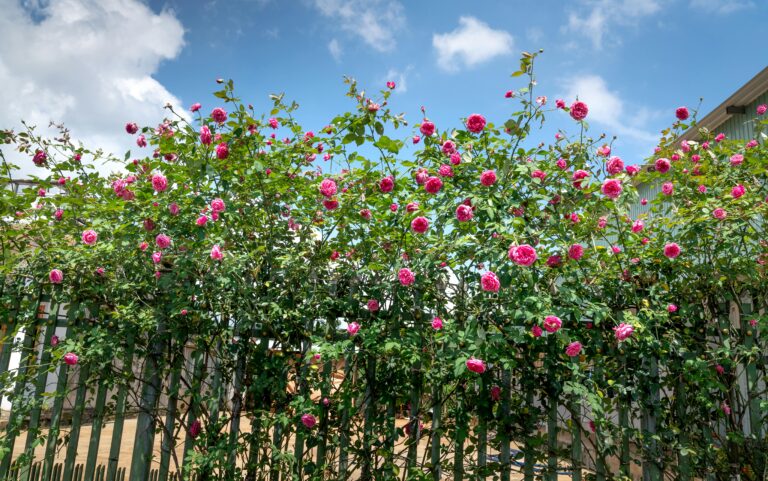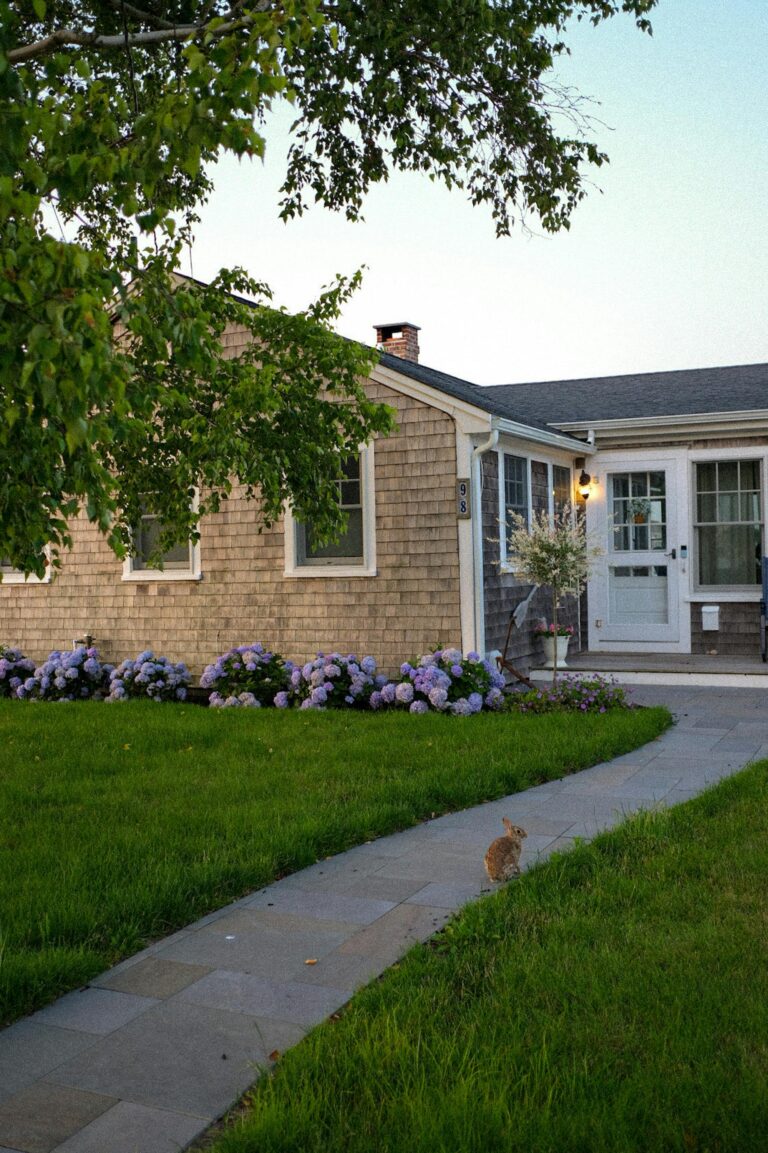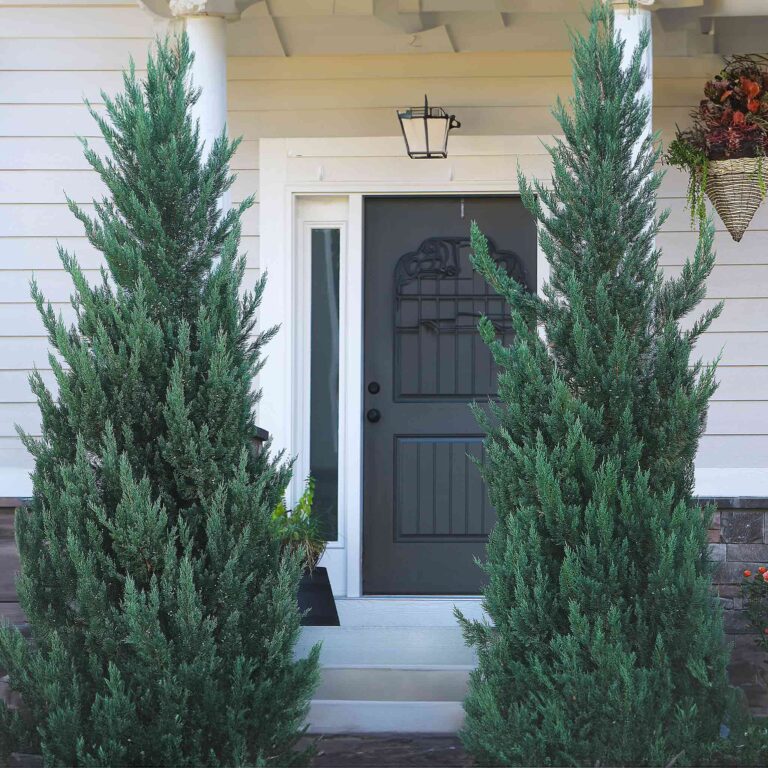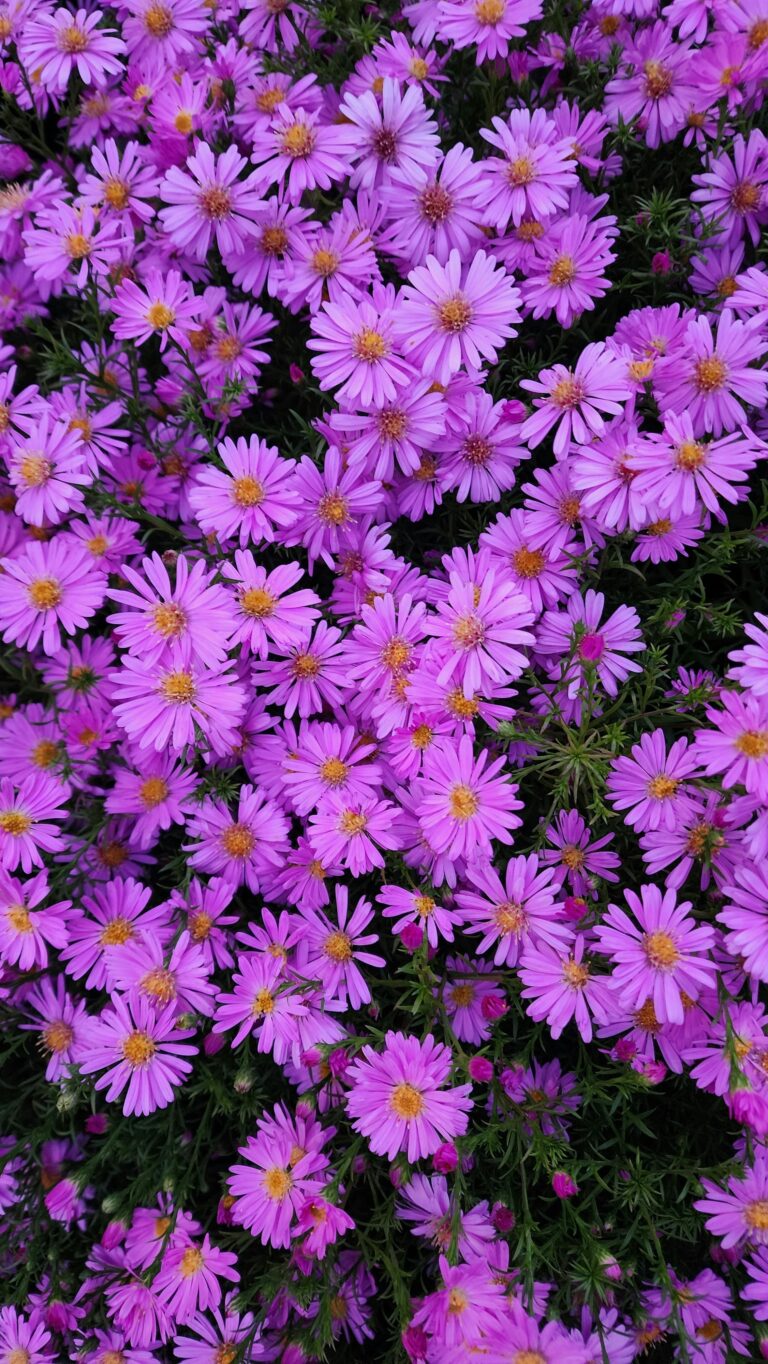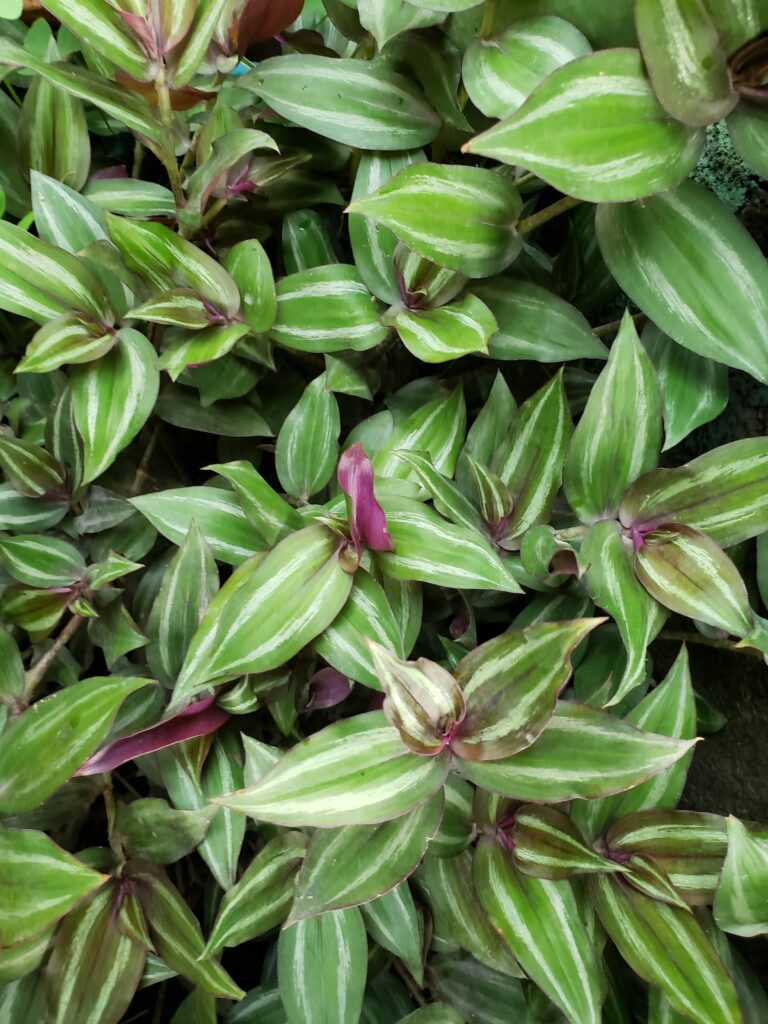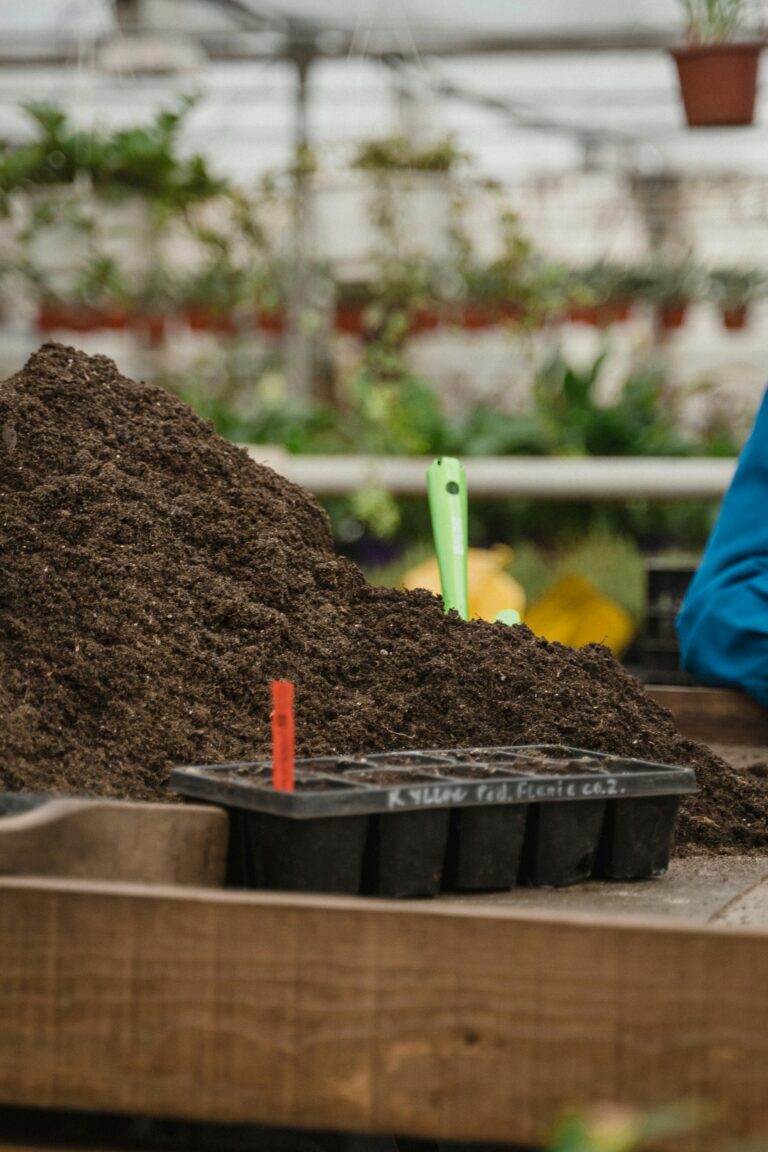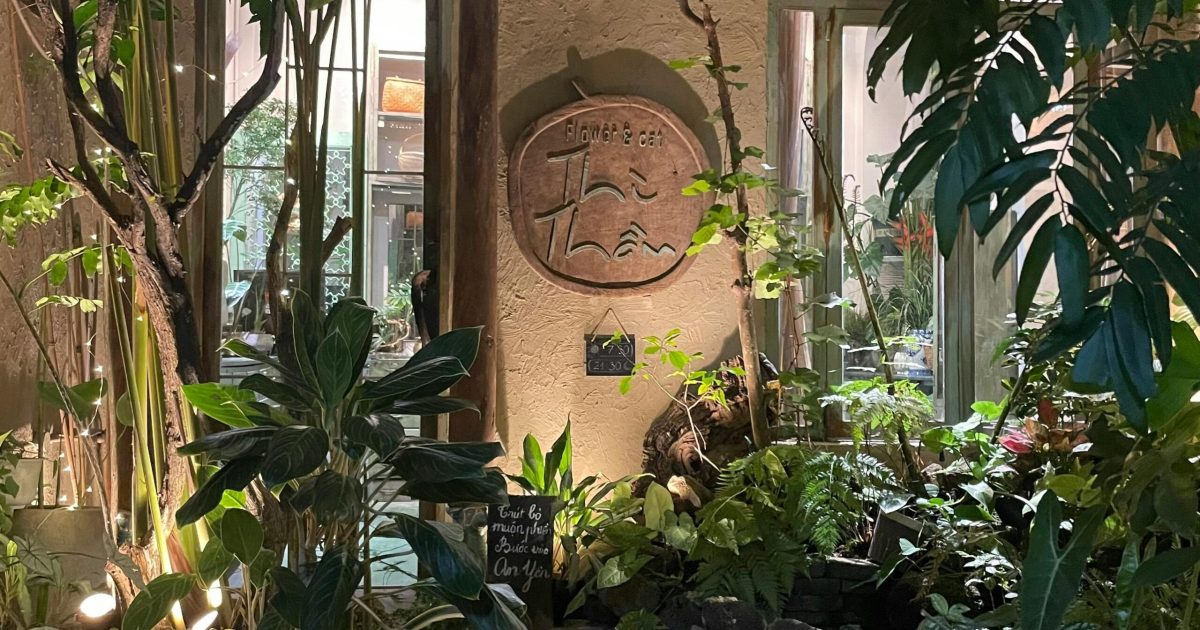
Indoor Gardening: Bringing Nature Into Your Home
There’s something magical about turning your living space into a green oasis. Whether you live in a small apartment or a sprawling house, indoor gardening allows you to cultivate beauty and freshness within your home. With the right plants, a little patience, and proper care, you can create an indoor garden that enhances your home’s aesthetic and purifies the air around you.
Why Choose Indoor Gardening?
Indoor gardening is more than just a decorative choice—it’s a way to connect with nature in a world that’s often dominated by concrete and technology. Growing plants indoors helps reduce stress, improve air quality, and bring life into even the smallest spaces. Whether you’re growing herbs on your kitchen windowsill or creating a lush indoor jungle in your living room, there are countless benefits to indoor gardening.
It’s also the perfect solution for those who lack outdoor gardening space but still want the joy of nurturing plants. With a little creativity, even the most compact apartment can be transformed into a green sanctuary.
Choosing the Right Plants for Indoor Gardening
The first step in creating a thriving indoor garden is selecting the right plants. Not all plants are suited for life indoors, but many varieties thrive in low-light conditions and require minimal care. Here are some great choices for beginners:
- Snake Plant (Sansevieria): Known for its hardiness, the snake plant is perfect for low-light areas and needs very little water.
- Pothos: With its trailing vines and vibrant green leaves, pothos is an easy-to-care-for plant that can grow in almost any indoor condition.
- Spider Plant: This air-purifying plant is excellent for hanging baskets and does well in indirect sunlight.
- Herbs (Basil, Mint, Rosemary): If you want something both decorative and practical, herbs are a great option. Place them near a sunny window and enjoy fresh ingredients for your cooking.
When choosing plants, consider your space and lighting conditions. Most indoor plants prefer indirect light, so placing them near a window or using grow lights can help them flourish.
Setting Up Your Indoor Garden: Light, Water, and Air
Once you’ve selected your plants, it’s time to create the perfect environment for them to thrive. Indoor plants have different needs than outdoor plants, so it’s important to adjust their care accordingly:
- Light: Most houseplants need indirect sunlight, so placing them near windows that receive filtered light is ideal. If natural light is limited, consider using grow lights to supplement.
- Water: Indoor plants are often more prone to overwatering, which can lead to root rot. Always check the soil before watering—if it feels dry to the touch about an inch below the surface, it’s time to water. Remember, different plants have different water needs, so adjust accordingly.
- Air Circulation: Plants need fresh air to thrive. If your home feels stuffy, consider opening windows occasionally or using a fan to improve air circulation. This helps prevent mold and mildew from developing on your plants.
Potting and Soil: Setting the Foundation for Growth
Choosing the right pots and soil is key to a successful indoor garden. Make sure your pots have drainage holes to prevent water from sitting in the soil, which can lead to root problems. For most indoor plants, a light, well-draining potting mix is best.
You can also consider repotting your plants every year to ensure they have enough room to grow. If you notice roots growing out of the drainage holes or circling the top of the soil, it’s time to give your plant a little more space.
Indoor Gardening for Health: Purifying the Air
One of the biggest advantages of indoor gardening is the ability of certain plants to purify the air in your home. Plants like peace lilies, snake plants, and spider plants are known for removing toxins like formaldehyde and benzene from the air, making your home not only more beautiful but healthier too.
By strategically placing air-purifying plants around your home—especially in bedrooms and living areas—you can create a fresher, cleaner indoor environment.
Bringing Green into Every Room
The beauty of indoor gardening is that it’s incredibly versatile. You can bring green into every room of your home, no matter the size or layout. Here are some creative ways to incorporate plants into different spaces:
- Kitchen: Grow herbs in small pots on your windowsill, or create a vertical garden using hanging planters.
- Bathroom: Humidity-loving plants like ferns and orchids thrive in the moist environment of a bathroom.
- Living Room: Use larger plants like fiddle leaf figs or monsteras to make a statement, or group smaller plants together on shelves for a lush display.
- Bedroom: Place low-maintenance, air-purifying plants like aloe vera or snake plants near your bed for a calming and restful atmosphere.
Enjoying the Benefits of Indoor Gardening
Indoor gardening is a rewarding hobby that brings beauty, health, and serenity into your home. Whether you’re a seasoned gardener or just starting out, there’s something incredibly fulfilling about watching your plants grow and thrive under your care.
With each new leaf that unfurls, you’ll feel a deeper connection to nature—and soon, your indoor garden will become a reflection of that nurturing spirit. So, grab a few pots, find a sunny corner, and start transforming your home into a green haven.

